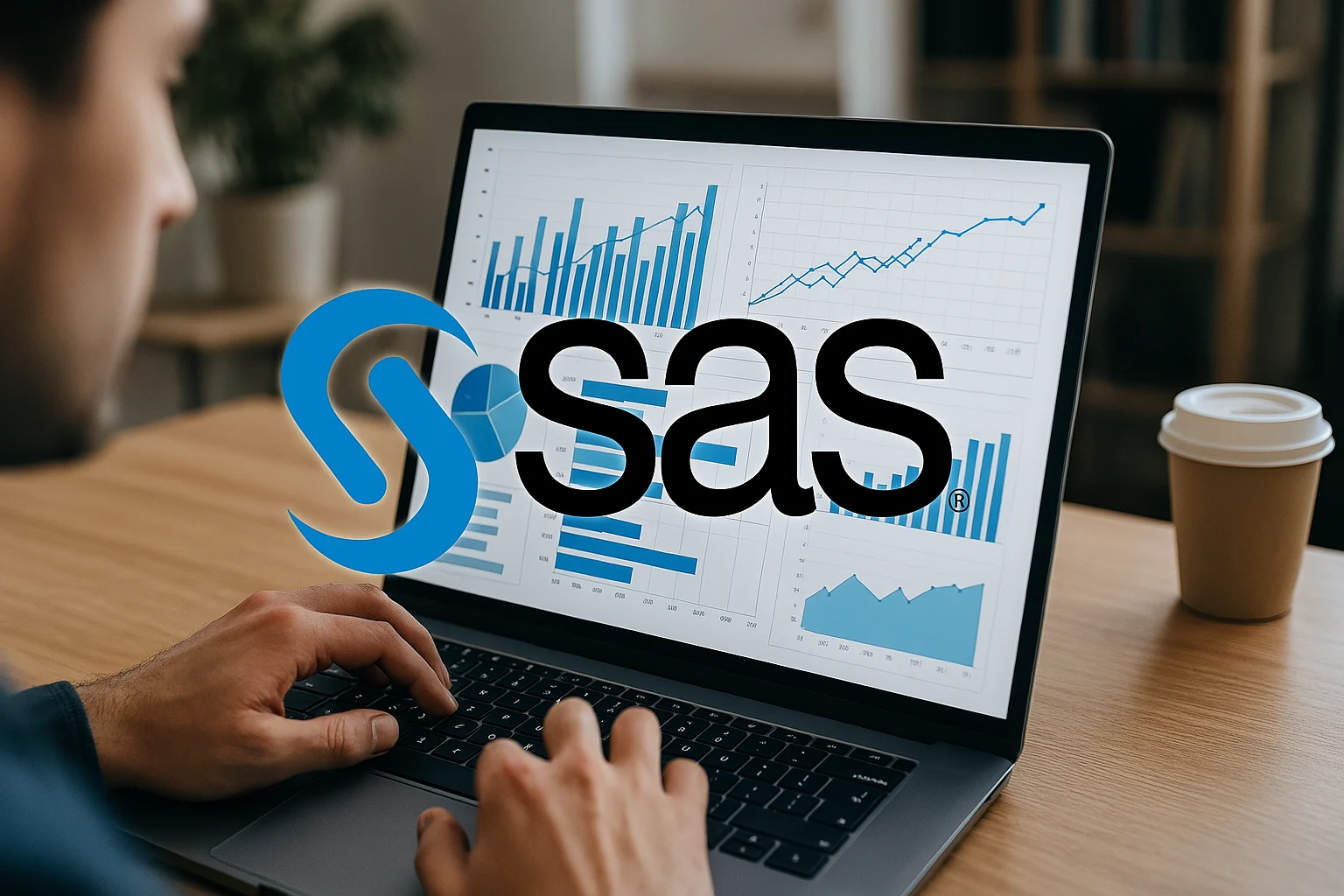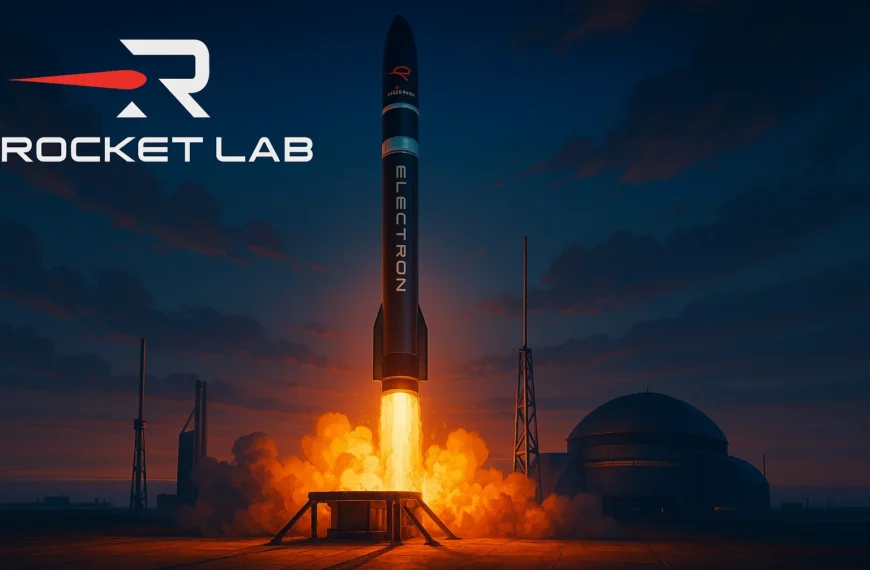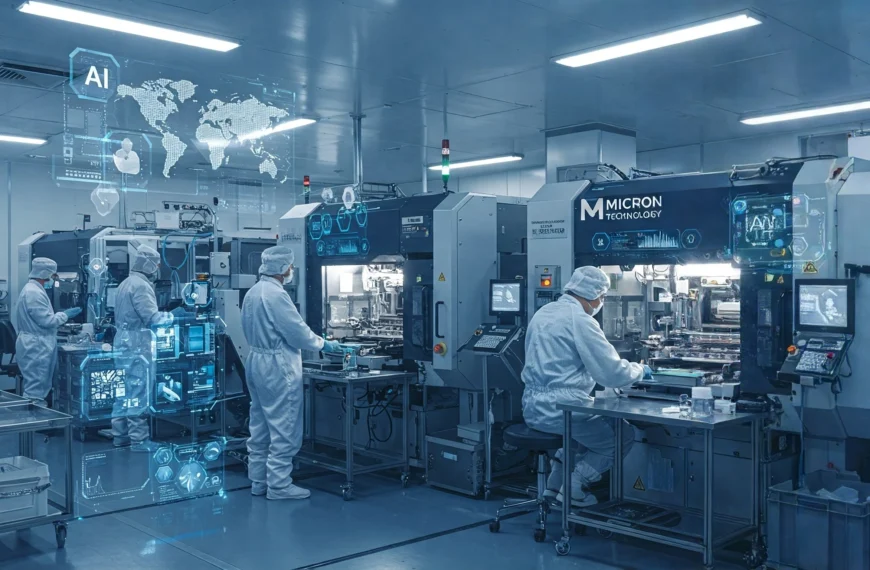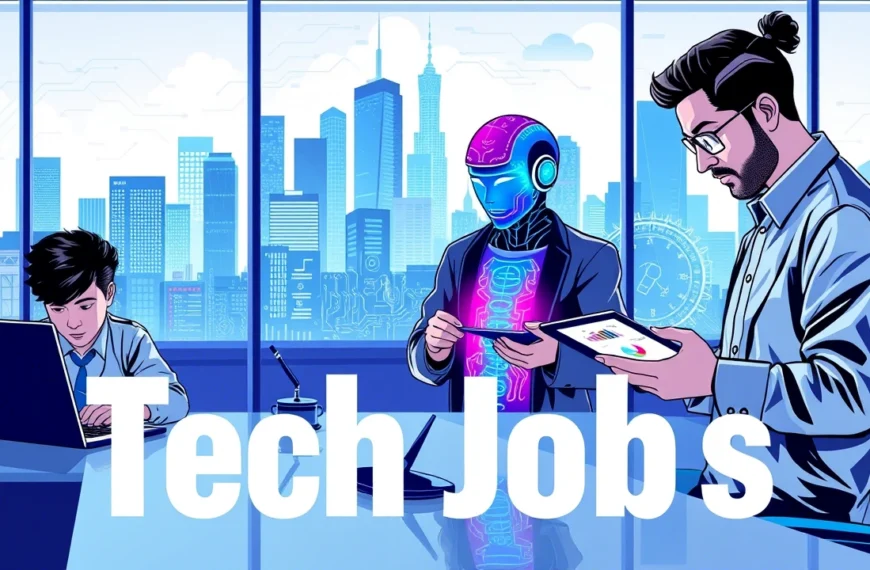The $3 Billion Analytics Juggernaut
For nearly five decades, SAS Institute has stood as the undisputed leader in advanced analytics and artificial intelligence. What began as a university research project in 1976 has exploded into a $3.2 billion global empire, powering data-driven decisions for 90% of Fortune 500 companies.
Unlike flashy Silicon Valley startups that rise and fall, SAS has achieved something remarkable: 47 consecutive years of profitability while remaining privately held. But now, with a blockbuster 2025 IPO on the horizon and groundbreaking AI innovations, this North Carolina-based titan is poised for its most explosive growth yet.
This definitive deep dive reveals:
- The visionary founders who built an analytics empire
- SAS’s financial firepower ($3B+ revenue and counting)
- How its 2025 IPO could reshape enterprise tech
- The AI breakthroughs leaving competitors scrambling
- Why major industries can’t function without SAS
The Origin Story: How Four Pioneers Revolutionized Data Science
From University Project to Global Dominance
The SAS story begins in 1966 at North Carolina State University, where Anthony Barr developed statistical software for agricultural research. When James Goodnight joined in 1968, their collaboration created the foundation for what would become the most powerful analytics platform on Earth.
By 1976, the team – now including John Sall and Jane Helwig – officially incorporated SAS Institute. Their first commercial product, Base SAS, wasn’t just software—it was the birth of modern business intelligence.
The Unlikely Billionaires
Today, the founders’ journey seems almost mythical:
- James Goodnight (CEO): The relentless innovator worth $8.8 billion
- John Sall (Exec VP): Statistical genius behind SAS’s core algorithms
- Anthony Barr: Created the original programming framework
- Jane Helwig: Established SAS’s legendary documentation standards
Unlike Silicon Valley’s “move fast and break things” culture, SAS grew through steady, disciplined innovation—a philosophy that created one of tech’s most stable empires.
Financial Firepower: $3.2B Revenue and the Coming IPO Earthquake
By the Numbers: SAS’s Staggering Success
- 2023 Revenue: 3.2billion(upfrom3.2billion(upfrom2.9B in 2021)
- R&D Investment: 25% of revenue—triple the industry average
- Customer Retention: 98% renewal rate across 80,000+ businesses
- Global Reach: Used in 149 countries, 14,000+ employees
The 2025 IPO: Why Wall Street Is Buzzing
After decades as a private company, SAS has confirmed its 2025 public offering—a move that could:
- Double its valuation overnight (current estimates: $20-30B)
- Provide liquidity for employee stock options
- Fund aggressive AI acquisitions
Industry analysts predict this could be North Carolina’s biggest tech IPO ever, potentially creating hundreds of new millionaires among long-time employees.
SAS’s Killer Advantage: Why Fortune 500 Companies Can’t Quit It
1. The AI Edge: Beyond ChatGPT
While others chase generative AI hype, SAS has quietly deployed real-world AI solutions:
- SAS Viya: Cloud-native platform analyzing petabytes of data in seconds
- Fraud Detection: Saves banks $1 billion+ annually
- Predictive Healthcare: Used by 74% of top US hospitals
2. Unmatched Stability in a Volatile Market
Unlike SaaS companies with 20% annual churn, SAS boasts:
- 40+ year relationships with clients like Bank of America
- Zero downtime for critical systems
- Military-grade security (used by NATO and the Pentagon)
3. The Talent Factory
SAS’s famed Cary, NC headquarters (with its private health clinic and 35-acre campus) attracts Nobel-caliber data scientists. Their secret? Investing $750 million annually in employee training.
The Future: Three Ways SAS Will Dominate the Next Decade
1. Synthetic Data Revolution
The 2024 acquisition of Hazy positions SAS to lead the $1.2B synthetic data market—creating AI-training data without privacy risks.
2. Vertical-Specific AI
Custom solutions for:
- Banking: Real-time fraud prevention
- Healthcare: Predictive patient outcomes
- Manufacturing: AI-driven supply chain optimization
3. Global Cloud Expansion
New partnerships with Microsoft Azure and AWS are taking SAS Viya worldwide, especially in India and Southeast Asia’s booming tech markets.
🔗 SAS’s Vision for AI-Driven Future
The Analytics Empire Strikes Back
As SAS prepares for its landmark 2025 IPO, one truth becomes clear: This isn’t just another tech company going public. It’s the coming-out party for the most underrated giant in enterprise software.
With AI innovation accelerating, cloud expansion underway, and 47 years of profitability as its foundation, SAS isn’t just surviving the tech upheaval—it’s redefining the rules of the game.
For businesses, the message is clear: Bet against SAS at your peril. For investors, the 2025 IPO may be the opportunity of the decade. And for competitors? The analytics throne already has an owner.
FAQs:
Q: What does SAS stand for?
Originally, SAS stood for “Statistical Analysis System,” but it is no longer considered an acronym, as per Wikipedia (SAS Institute – Wikipedia).
Q: Who are the founders of SAS Institute?
The founders are James Goodnight, Anthony Barr, John Sall, and Jane Helwig, with Goodnight and Sall as primary co-founders in current leadership roles
Q: What are the main products or services offered by SAS?
SAS offers analytics software including SAS Viya, Enterprise Miner, Visual Studio, and STAT, used for data management, analysis, and reporting across industries
Q: How has SAS Institute performed financially over the years?
SAS Institute’s 2024 revenue isn’t specified, but 2023’s $3.5 billion with 8% growth and 30% cloud revenue increase suggests continued financial strength.
Q: What is the company’s future direction?
SAS is preparing for an IPO in 2025, focusing on AI and machine learning, and expanding through strategic partnerships and cloud offerings
Q: How does SAS differentiate itself from competitors?
SAS differentiates through its extensive R&D investment, comprehensive analytics platform, and long-standing customer relationships, competing with IBM, Alteryx, and Microsoft














Leave a Comment